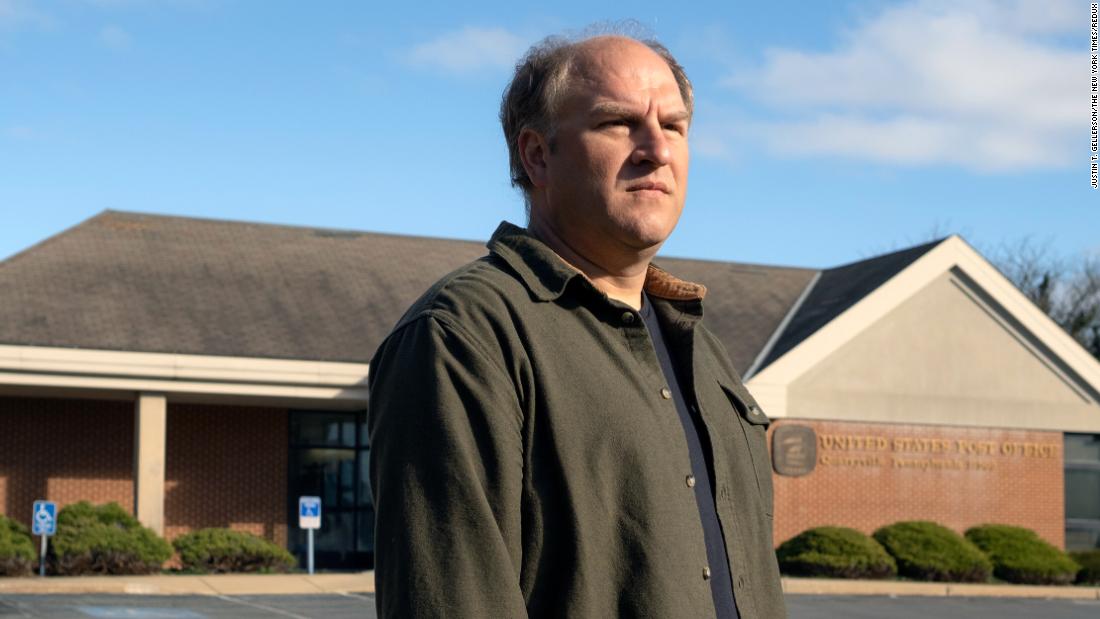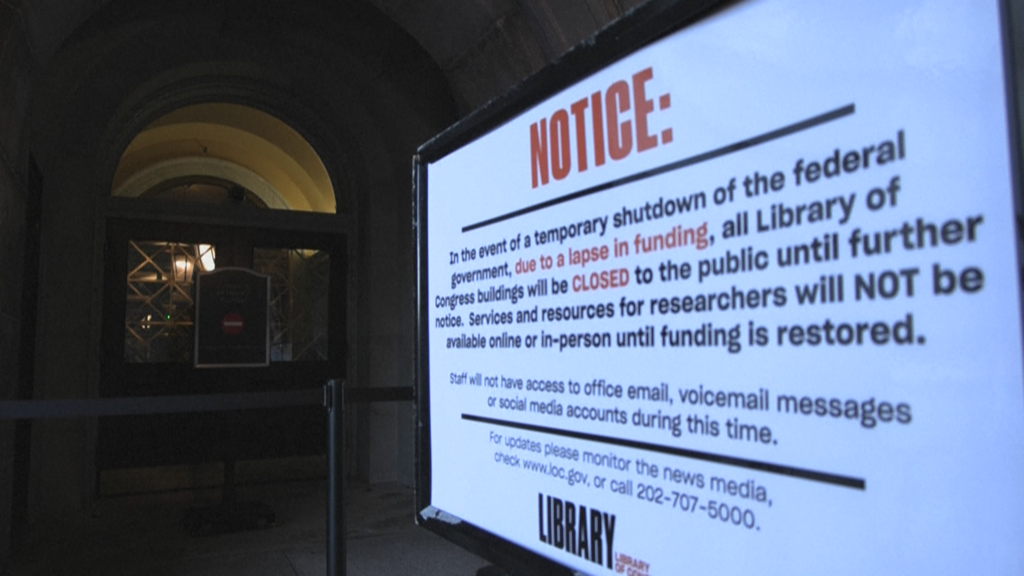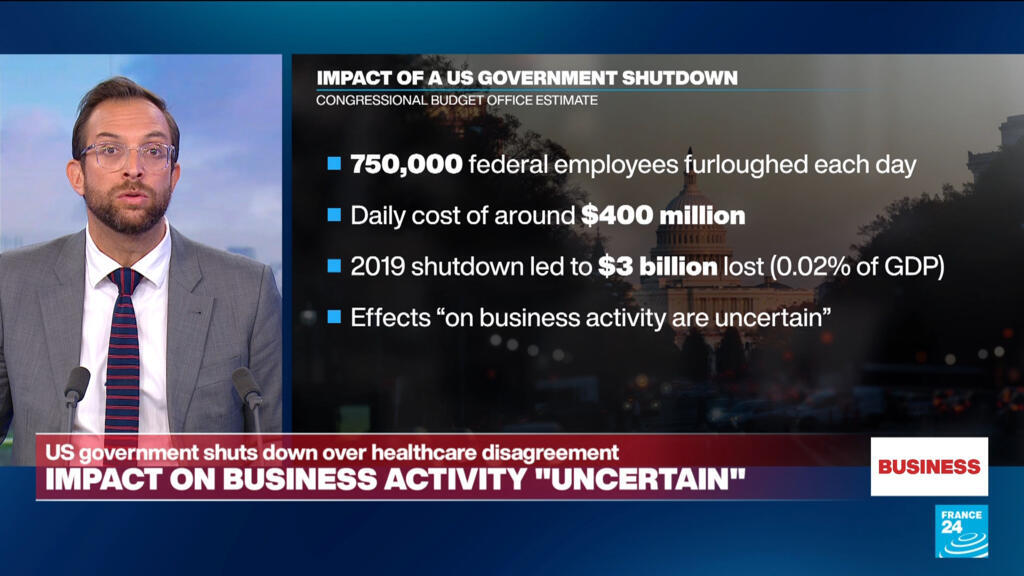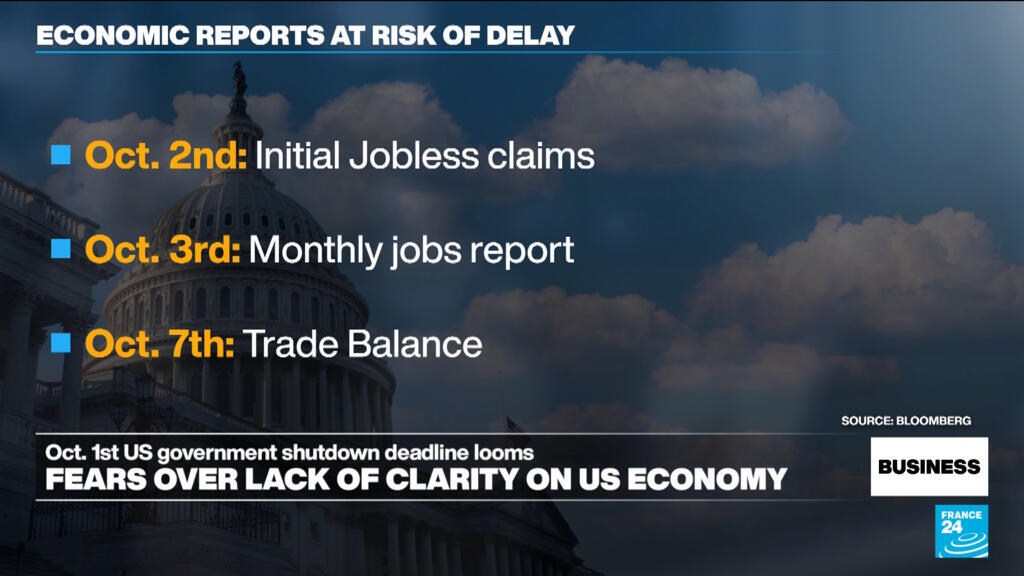Houston will soon be home to the nation’s largest swift-water rescue training facility, a $104 million project transforming 27 acres in Mission Bend into a state-of-the-art hub for first responders and public flood preparedness.
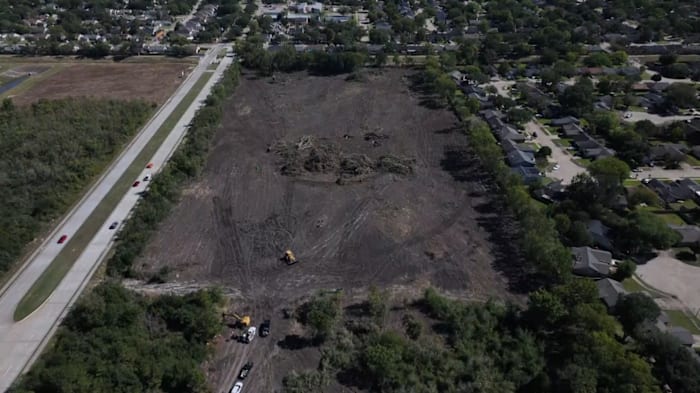
Houston will soon be home to the nation’s largest swift-water rescue training facility, a $104 million project transforming 27 acres in Mission Bend into a state-of-the-art hub for first responders and public flood preparedness.
The facility, dubbed STORM Ranch (Swift-water Training for Operation and Rescue Missions), represents an ambitious initiative by Community Volunteer Fire Department and Harris Fort Bend ESD 100 to revolutionize how first responders train for water rescues and flood events.
“We’re taking into effect all of the local flood events but also the flood events that have happened in the United States all the way from North Carolina all the way to California and how can we encompass that here to make sure we’re training everybody adequately,” said Cpt. Samantha Smith of the Community Volunteer Fire Department.
There’s A Ton To Train With
The facility’s design incorporates lessons learned from past disasters, including Hurricane Harvey and recent flooding events. Key features will include:
- Two swift-water channels, including one specifically designed to replicate Hill Country conditions
- A dedicated pond area for boat rescue training
- An urban village complex featuring six buildings that can be flooded up to the second floor
- Rooftop rescue training capabilities for helicopter operations with the Coast Guard
- Emergency shutdown systems with “big red buttons” at every light post for enhanced safety
“One of big things for us at STORM Ranch is every light post that’s going to be on the ground here is going to have a big red button that we can hit. So, anytime there is a potential that we need to get somebody out who’s there for training, we can hit that big red button and everything stops,” Smith explained.
Public Safety Innovation
Unlike current training options that rely on water parks or natural rivers, STORM Ranch will offer controlled environments specifically designed for emergency response training.
The facility will be capable of hosting five to seven different types of training simultaneously.
Notably, the facility will also serve the public.
“We’ve heard loud and clear that our citizens want to know how to be better prepared when these flood events happen,” Smith said. “We’re going to offer a civilian level, basic level training for them to have some kind of knowledge to make themselves better prepared.”
More Training = Safer Communities
Currently, Houston-area first responders must travel to facilities in New York or North Carolina for comprehensive swift-water training, or rely on less suitable local options like the Guadalupe River or water parks.
These alternatives present safety risks and logistical challenges.
“The thing is funding for our fire departments, our police departments, it’s just not where we have all this money that we can send an entire department to a training up in New York or North Carolina,” Smith noted. “Having a facility local will allow those of us who are responding... to make sure we can train as many people as possible.”
Building The Project
The project will be completed in phases, with groundbreaking scheduled for early 2026. Phase one, focusing on the swift-water channels, pond area and water components, is expected to take 18-22 months, depending on weather conditions.
The facility’s year-round operation will give it an advantage over similar facilities in other states.
“The other sites that exist in the US today, obviously the one in upstate New York, it’s a great site, but they have to deal with the freezing [weather]. They’re only open so many months of the year,” Smith explained. “Everything’s bigger in Texas. We wanted to go big. Not just to say everything’s big in Texas, but really it’s because we wanted to make sure we had the ability here in our local area to be able to train to all these different types of opportunities and all these different scenarios that we see when floods happen across the US.”






